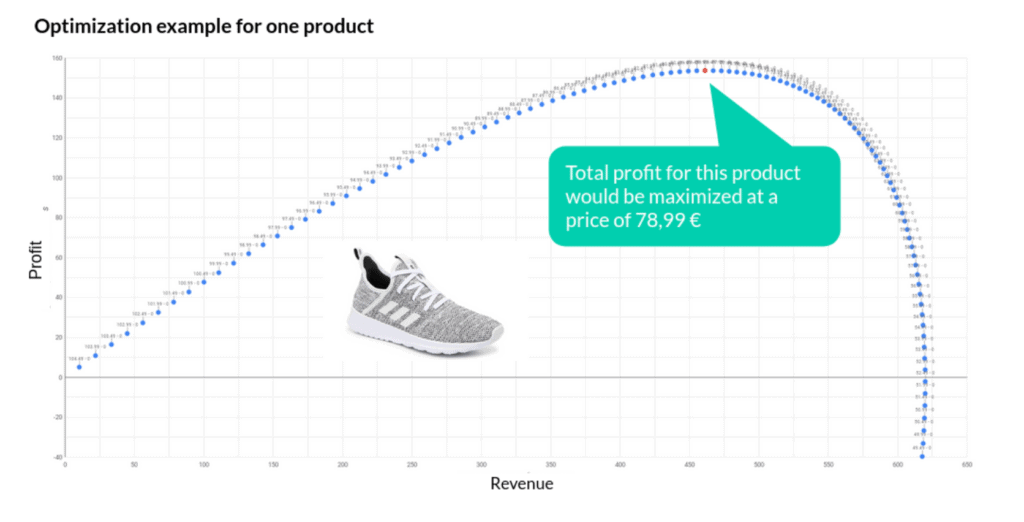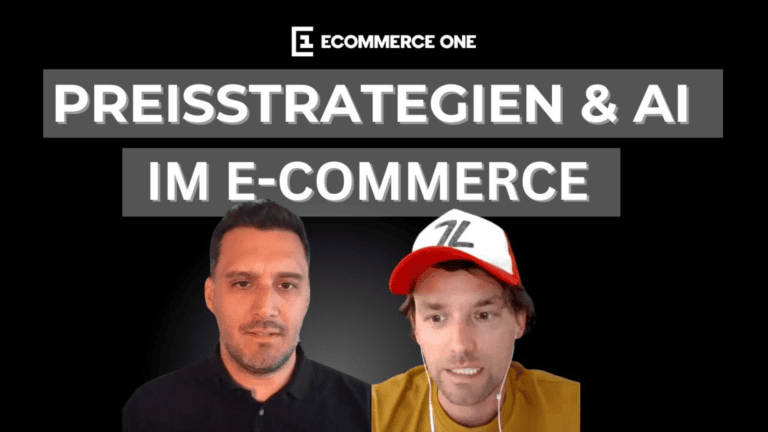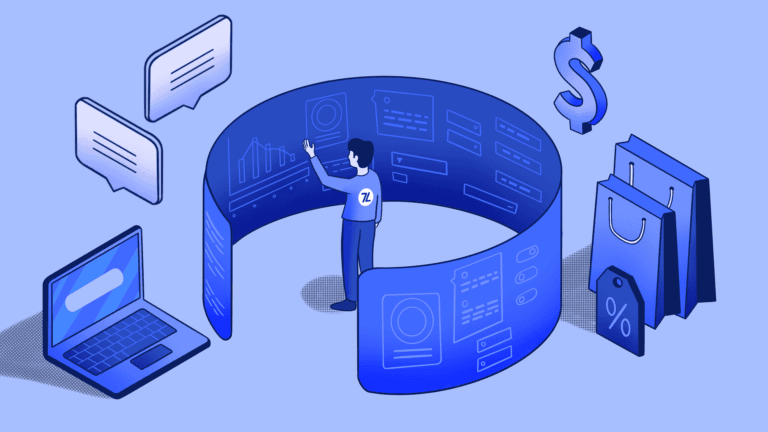What is the “long tail theory”?
So why do companies deal with the complexity of large assortments and offer all kinds of niche products to their customers? The answer to this question was brought to life by Wired’s editor-in-chief, Chris Anderson. Anderson theorized that consumers in the modern economy are increasingly shifting away from a smaller number of popular products. Instead, more and more people are buying individualized niche products. This is possible because, in an increasingly globalized economy, production costs are lower, making it easier to produce items in smaller groups. Furthermore, the internet is a key factor. Fewer stores must constrain themselves to the limits of shelf space and can stock a wide range of items. Ultimately, this creates more choices for the consumer- that without a doubt find their way to them. According to journalist Malcolm Gladwell, the Internet, therefore, offers the ideal basis for the success of niche products in the sense of long tail.
The issue of manually pricing niche products
The default methodology in pricing is rules-based pricing. Though these rules provide some control, with increased complexity- as with niche products – they often yield in suboptimal results. This is due to the fact that analyzing historical behavior towards price changes and setting price rules accordingly has proven to be inefficient and problematic over time. It necessitates companies to expend massive amounts of time and manpower to monitor price performance with varying degrees of success. It also frequently leads to prices that are out-of-touch with current market conditions and customer willingness-to-pay.
Not to mention, due to the time-consuming nature and complexity of the process, retailers are often pushed in a corner. They are forced to prioritize based on their products as it’s humanly impossible to go through this across a whole assortment. Consequently, niche products are neglected in the process.
To deal with this, some companies may take the rules they implemented on their high sellers and apply them on their long tail products (e.g. price matching rules). Other companies may take the cost of the items and add a fair margin or add a fixed percentage that is increased on a yearly basis. In both cases, they would be missing on big opportunities as they could potentially increase prices by a greater amount with little or no risk of customer defection
The holy grail: An advanced pricing solution
To properly tackle pricing, retailers need to implement an advanced pricing solution.
Instead of using, for example, aggressive general markdowns, they can benefit from predictive demand and elasticity models that allow them to determine the best price for each product or service without neglecting any.
Furthermore, advanced machine learning algorithms can learn across clusters and categories. This means that it analyzes your products and positions them in relation to other items from different groupings. For example, it learns something about Nike Sneakers and not just about Air Jordans. This allows retailers to have a full surrounding picture of each of their products.
Additionally, through this thorough analysis, it can derive a price elasticity per item. This grants retailers the chance to keep the prices dynamic to achieve maximum profitability in fluctuating market conditions. The software helps you to analyze customer behavior and their willingness-to-pay lowering prices when necessary and increasing where possible.
Thus, this automated process continuously optimizes prices for each product giving managers and retailers the chance to make a real-time optimized decision.
Lastly, it is important to mention that all of this happens at reasonable cost. Utilizing an advanced technology has proven more-often-than-not to be a worthwhile investment and a lesser risk. In other words, what you invest in, you gain back.

The bottom line
Much as it has in other sectors, AI – in particular machine learning – has quickly become an indispensable asset, helping retailers optimize and automate their pricing far more efficiently than any human can. It is particularly of immense importance to implement an advanced long tail pricing strategy as those products are usually neglected in laborious and time-consuming manual methods. This helps retailers maximize their profitability and continuously work towards their business goals with ease.



